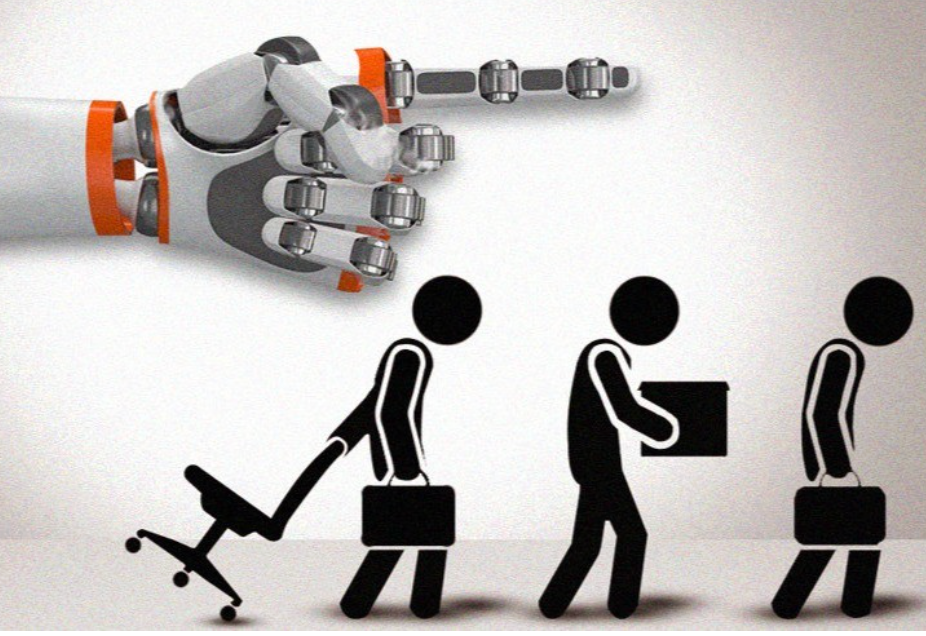From Logic to Learning: The Evolution of Artificial Intelligence
- Anya Kunder
- Oct 9
- 2 min read

Artificial Intelligence (AI) has transformed from a theoretical pursuit into a cornerstone of modern innovation. Its journey, spanning more than seven decades, mirrors humanity’s evolving understanding of intelligence itself—moving from symbolic logic to machine learning, and now, to generative creativity.
The Dawn of AI: 1950s–1970s
The origins of AI lie in a post-war world captivated by the idea of thinking machines. Alan Turing’s 1950 paper “Computing Machinery and Intelligence” proposed a now-famous question: Can machines think? His concept of the “Turing Test” became an early benchmark for machine intelligence.
During the 1950s and 1960s, pioneers such as John McCarthy, Marvin Minsky, and Herbert Simon developed programs that could solve algebra problems, prove logical theorems, and even play games like checkers. These early “symbolic AI” systems relied on explicit rules and logical reasoning—excellent for well-defined problems, but fragile in real-world complexity.
By the 1970s, progress slowed. Limited computing power and unrealistic expectations led to what is now known as the “AI winter.” Funding declined, and many doubted whether true intelligence could ever be replicated by machines.
The Age of Data and Machine Learning: 1980s–2010s
AI’s revival began with the rise of machine learning—systems that learn patterns from data rather than relying solely on predefined rules. The 1980s introduced neural networks, loosely inspired by the human brain, though they remained constrained by hardware limits.
The explosion of the internet in the 1990s and 2000s changed everything. Vast data sets, faster processors, and better algorithms allowed AI systems to “learn” with unprecedented accuracy. Companies like Google and Amazon leveraged AI for search ranking, recommendations, and targeted advertising.
Landmark moments followed: IBM’s Deep Blue defeating chess champion Garry Kasparov in 1997, and Watson winning Jeopardy! in 2011. These victories signaled that AI could now rival human intelligence in specific, structured tasks.
The Era of Deep Learning and Generative AI: 2010s–Present
The past decade has witnessed an exponential leap. Deep learning, powered by massive neural networks, has enabled breakthroughs in computer vision, speech recognition, and natural language processing. Systems like AlphaGo (which defeated the world Go champion in 2016) and GPT models have demonstrated not just pattern recognition, but creativity, reasoning, and adaptation.
Generative AI now creates art, music, code, and even scientific hypotheses. Tools like ChatGPT, DALL·E, and Midjourney illustrate a shift from AI as a tool of automation to AI as a collaborator in creation. Industries from healthcare to finance are being reshaped, with AI diagnosing diseases, optimizing logistics, and powering personalized digital experiences.
Where AI Stands Today—and Tomorrow
Today, AI is both ubiquitous and evolving. It underpins everything from virtual assistants to autonomous vehicles. Yet, new challenges have emerged—ethical concerns around bias, transparency, privacy, and job displacement demand careful governance.
The future points toward Artificial General Intelligence (AGI)—systems capable of reasoning, learning, and adapting across any task. While we remain far from that horizon, the trajectory is clear: AI is no longer a niche discipline; it is a defining force of the 21st century.



Comments